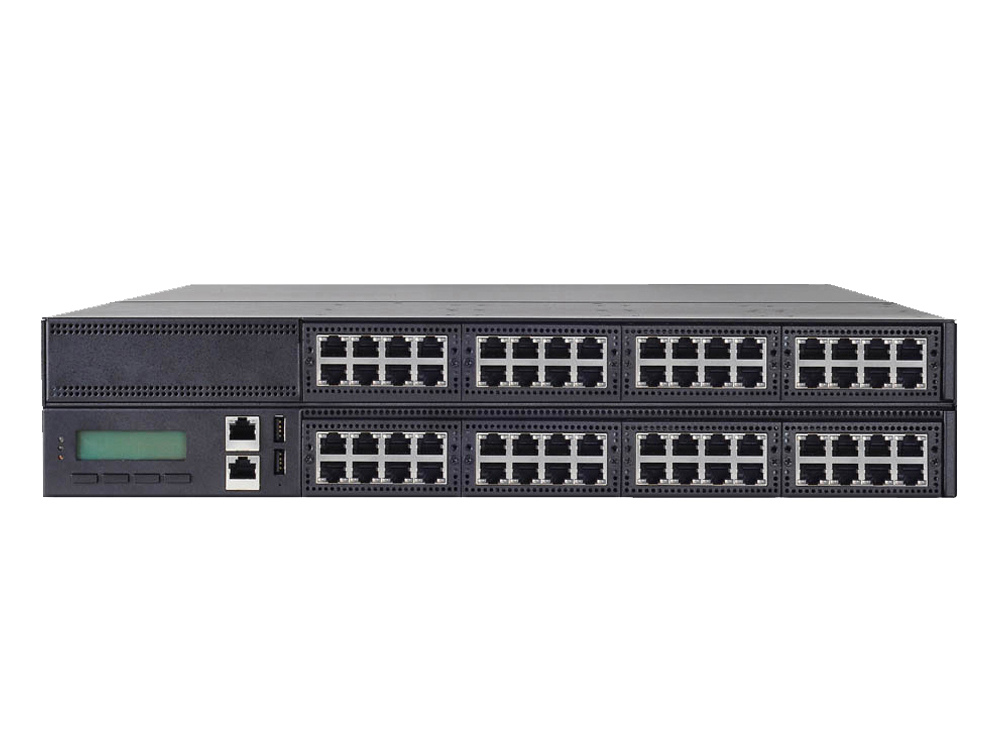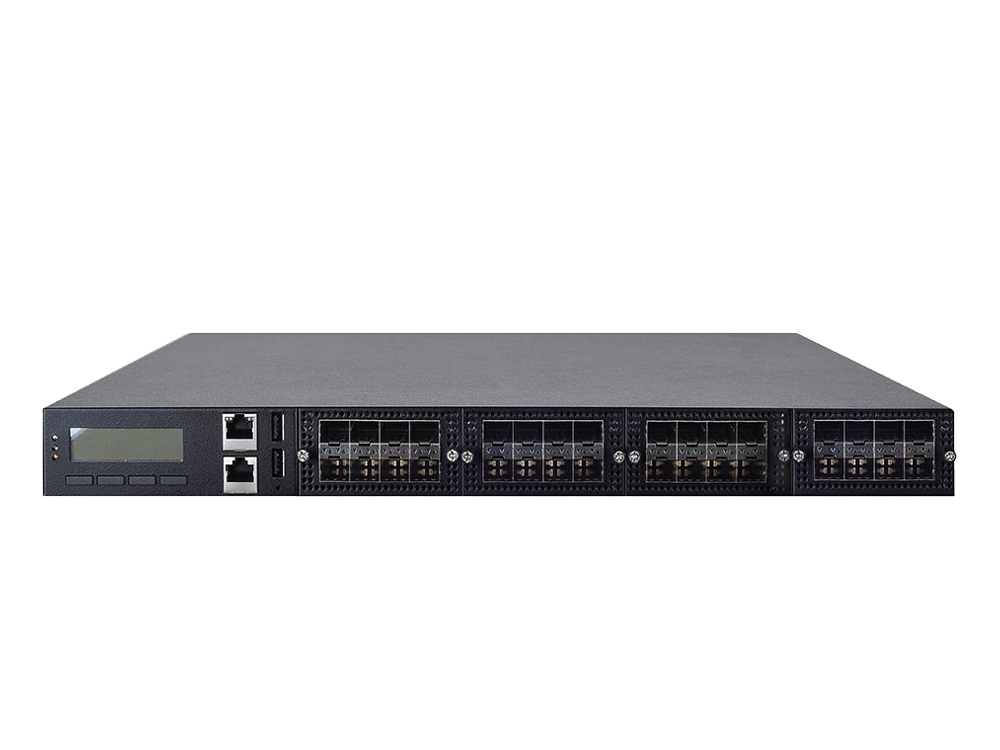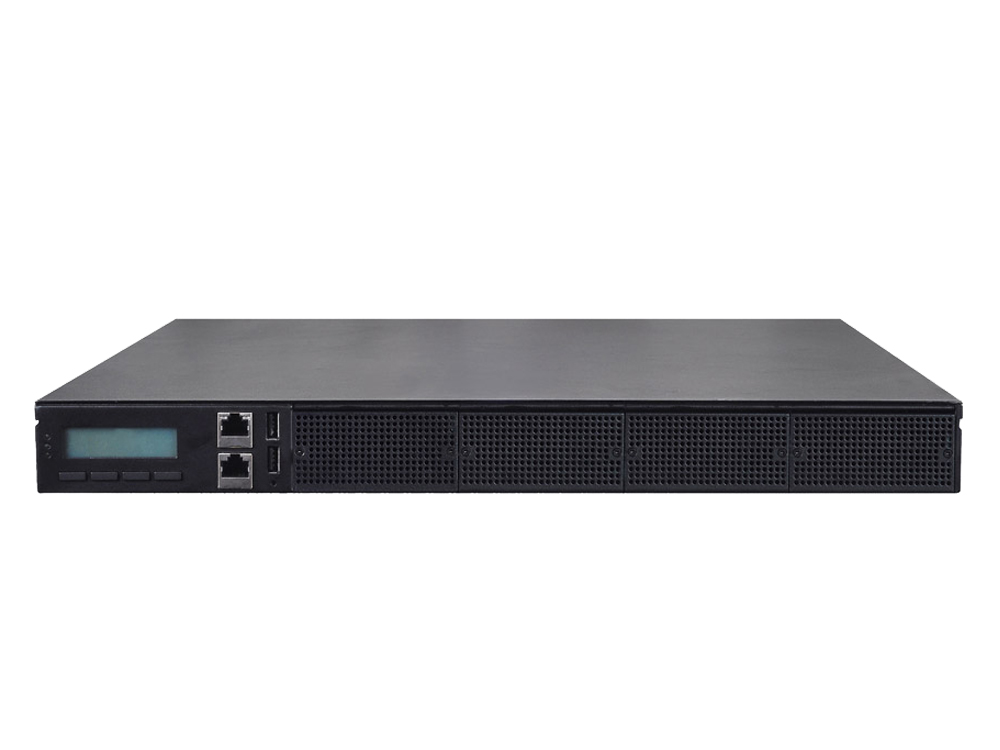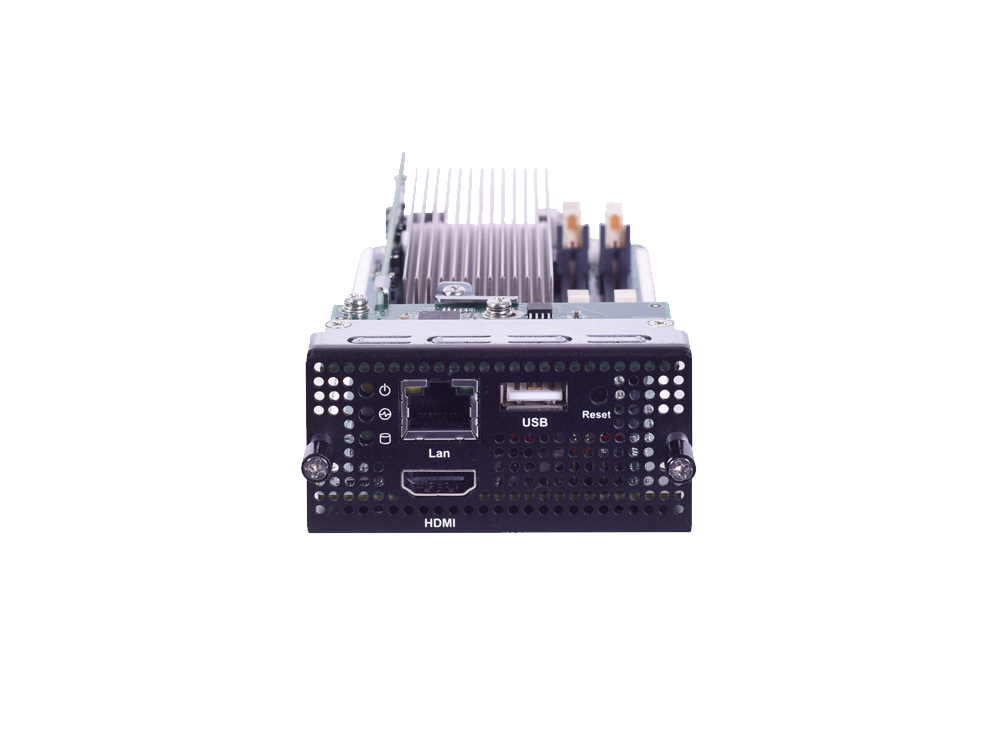Background
Nowadays, no matter the average people or enterprises, or even governmental organizations, there is a rising dependence on digital multimedia for purposes including marketing, entertainment, campaigns and information. According to researches, the average of digital media consumption is rising approximately 20% or more (at the time of this writing). This indicates that we are consuming and supplying more and more digital media on social networking sites, content delivery networks, TV broadcasters and video-streaming platforms, and the volumes go up by exponentials. In fact, network convergence and multimedia streaming are becoming more compute-intensive than ever, and sometimes quality of service can be traded off. There is a need for High Efficiency Video Coding (HEVC) technology to enhance the serviceability.
Challenges
One of the major significances for implementing advanced video transcoding technology is that the number of file uploaded onto social websites, video sharing sites, CDNs and TV broadcasting sites are reaching a historical height, due to the high-density penetration of smart mobile devices. Whenever an uploading takes place, the file is being transcoded and perhaps compressed into a compatible format to be viewable on the particular site. Therefore, when there is a high volume of uploading taking place on a daily basis, the network traffic and management will experience great challenges. Another significant reason is that transcoding is also taking place in real-time when the file or data is being transferred from one device to another. This also adds traffic and computing burden to network appliances.
As we are experiencing the era of media-over-IP, it is necessary to implement video transcoding technology to accelerate the graphical processes.
Lanner’s Video Transcoding Solution
To optimize video transcoding for broadcast operators and video-streaming platforms, Lanner introduces its scalable “platform + module” solution sets as the ultimate HEVC-based video delivery infrastructure to enrich the media consumption experience and minimize the latency for delivering high-volume HD, 4K and VR contents.

The video transcoding solution sets by Lanner feature a high-computing hardware platform such as Lanner’s highly reliable 2U x86 rackmount appliance FW-8896 and 1U rackmount appliance FW-8894 /NCA-5510, all driven by Intel Xeon E5-2600 v3/v4 CPUs (codenamed Haswell-EP and Broadwell-EP) with C612 chipset and DDR4 memory, to deploy with a high-efficiency video coding module NCS2-VT02A. The front-facing, easily swappable NIC module is driven by Intel® Xeon® Processor E3-1515 v5 (codenamed Skylake-H) and Intel® CM236 chipset for optimizing video transcoding for high-volume video delivery with 4K unfettered performance and advanced H.265 compression.
Graphic wise, Lanner’s NCS2-VT02A is built with Intel® Iris Pro Graphics engine. To handle huge volume of media-over-network, the module comes with 16GB of DDR4 memory to minimize latency.
By integrating a high availability, high-performance x86 network platform and a flexible video transcoding NIC module, Lanner offer the future-proof HEVC solution set to offer scalable streaming capability, accelerate HD channel throughputs and enhance real-time video transcoding for digital broadcasters, social networking sites, content-delivery networks and video-sharing platforms.
Related Articles
- GPU-accelerated Network Video Platform Enables 10bit HEVC Transcoding for IPTV Broadcasting
- Optimizing OTT Serviceability with Intelligent Video Transcoding Platform
- NCA-5210 & NCS2-NV02: Delivering Agile, Scalable And Adaptive Video Transcoding Performance
Featured Products
NCS2-VT02A
4K Video Transport NIC Module Powered By Intel Xeon E3-1515 v5 CPU
| CPU | Quad-core Intel Xeon E3-1515 v5 CPU with 8MB cache |
| Chipset | Intel CM236 |
Read more










